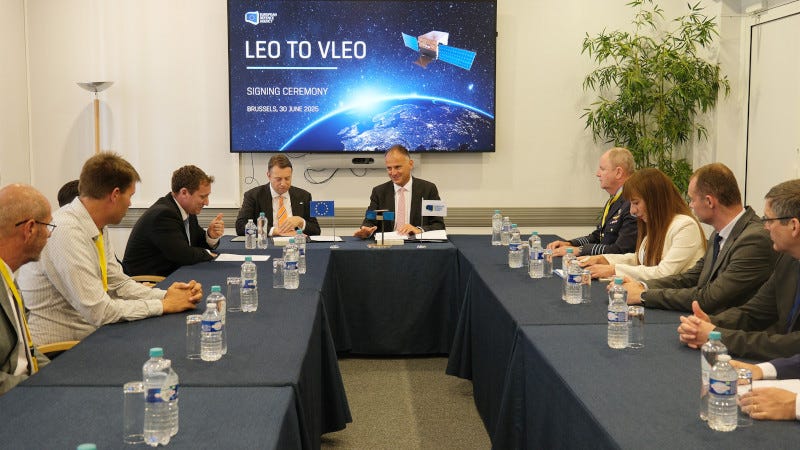EDA LEO2VLEO Project Contract Awarded to ISISPACE
Launch is Planned Within Two Years
The European Defense Agency (EDA) has signed a contract with ISISPACE for the LEO2VLEO project to develop and deploy a constellation of military defense satellites capable of maneuvering between Low Earth Orbit (LEO) and Very Low Earth Orbit (VLEO).
“It is encouraging to see this project gaining momentum, as it is a crucial step towards developing the sp…
Keep reading with a 7-day free trial
Subscribe to The Journal of Space Commerce to keep reading this post and get 7 days of free access to the full post archives.



